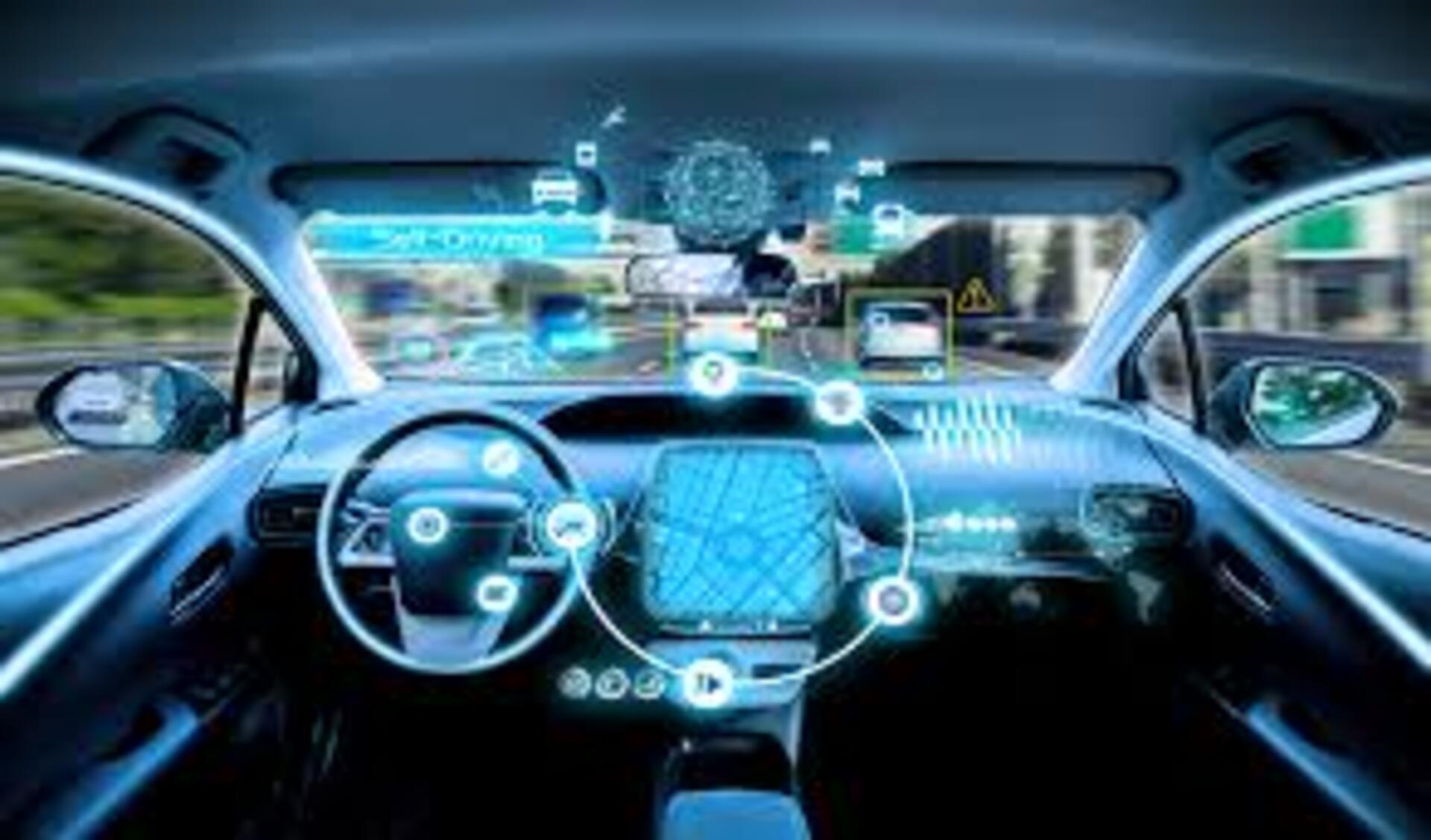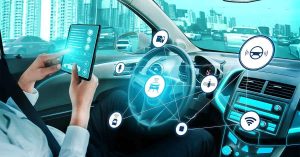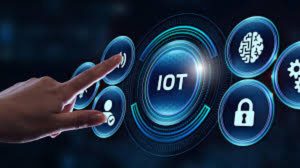
Iot’s in the Automotive industry, driving towards the future
The IoT enables the convergence of embedded systems and network infrastructures that interconnect physical objects with an end-user system. This system enables data access, processing, and subsequent transfer with Internet assistance programs. To perform properly, the IoT relies on the use of sensors, identification elements, intelligence software, and a universal connection to the Internet. Due to its ubiquitous and pervasive characteristics, the IoT can be used in different industries such as healthcare, smart city planning, construction, environmental monitoring, logistics and resource management, agriculture, smart procurement, and automotive. The latter IoT option can play a significant role in improving the overall efficiency of transport and travel comfort through an intelligent transport system (ITS) designed to minimize risk factors through proper information sharing between drivers, passengers, and authorities.
IoT, using technology to improve efficiency
Data sharing is a big challenge for those working in the automotive industry, as well as the integration of digital equipment and solutions. IoT enables easier, faster, and more secure communication between computers and connected devices, improving industries worldwide. The automotive sector is no exception. The ability to convert technological advances and new skills into something real depends on the ability to analyze, as well as the customization process. Both are a fundamental component of the Internet of Things value chain, which results in
– Reducing downtime
– Ensuring greater efficiency as a precondition for better product quality
– likely higher profit margins.
The preventive and the predictive approaches are crucial to vehicle maintenance, though the former goes one step further.

Real-Time Monitoring
Automotive IoT allows real-time monitoring of vehicle conditions and all connected devices to predict maintenance in advance, so most serious problems can be easily prevented. It also provides more rapid solutions when relevant accidents occur. One of the most positive aspects of IoT automotive is CV2X – an acronym for cellular vehicle to everything, which connects intelligent transport systems and vehicles. With the incorporation of IoT into the automotive industry, vehicles can share real-time, relevant information such as location, route, and speed. However, besides preventing accidents and maintaining vehicles, IoT-enabled in-vehicle infotainment systems entertain drivers and passengers during their journeys. They provide multiple services such as navigation, music streaming, hands-free calling, and voice assistance.
Autonomous cars and IoT
In addition to more efficient vehicles and safety that lower accident frequency rates, IoT involves more sophisticated systems. Although In-vehicle infotainment systems only work when connected to Wi-Fi or an Internet-enabled smartphone, car manufacturers are working to make them autonomous in the future. Apple and Google have launched CarPlay and Android Auto that offer in-car streaming, allowing passengers to watch movies and listen to music while traveling. The integration of IoT in the automotive sector has brought about a major revolution in fleet management. As a result, today’s trucks and other vehicles are integrated with tracking, weight measurement, and other sensor-based systems, facilitating both drivers and fleet managers.
Fleet automation
The sensory data collected from these vehicles are stored in a cloud and then processed in a visual format. A fleet manager can efficiently handle this data to monitor various parameters related to fleet management. IoT devices help fleet operators monitor and manage vehicles, e.g. by tracking fuel consultation, optimizing routes, and scheduling maintenance, to improve efficiency and reduce costs. Furthermore, the automotive IoT shares statistics on drivers’ performance. As for their physical conditions, it detects any potential risk of drowsiness and sends inactive users alerts. Thus, IoT sensors provide signals and activate alarms for abnormal coolant temperature, low battery, engine maintenance, etc. With IoT, fleet managers can automate several procedures such as trip planning, product delivery, and top-quality service to meet customer requirements.

IoT and software updates
Automotive software updates in IoT-integrated vehicles help improve locking mechanisms, advance the in-car entertainment experience, enhance cybersecurity, and improve navigation and other functions. This is one of the most significant applications in the automotive sector, improving vehicle safety and performance. These are crucial factors in making each drive an enjoyable experience.
Get in Touch
You will find yourself working in a true partnership that results in an incredible experience, and an end product that is the best.
Email us
support@gmail.com

